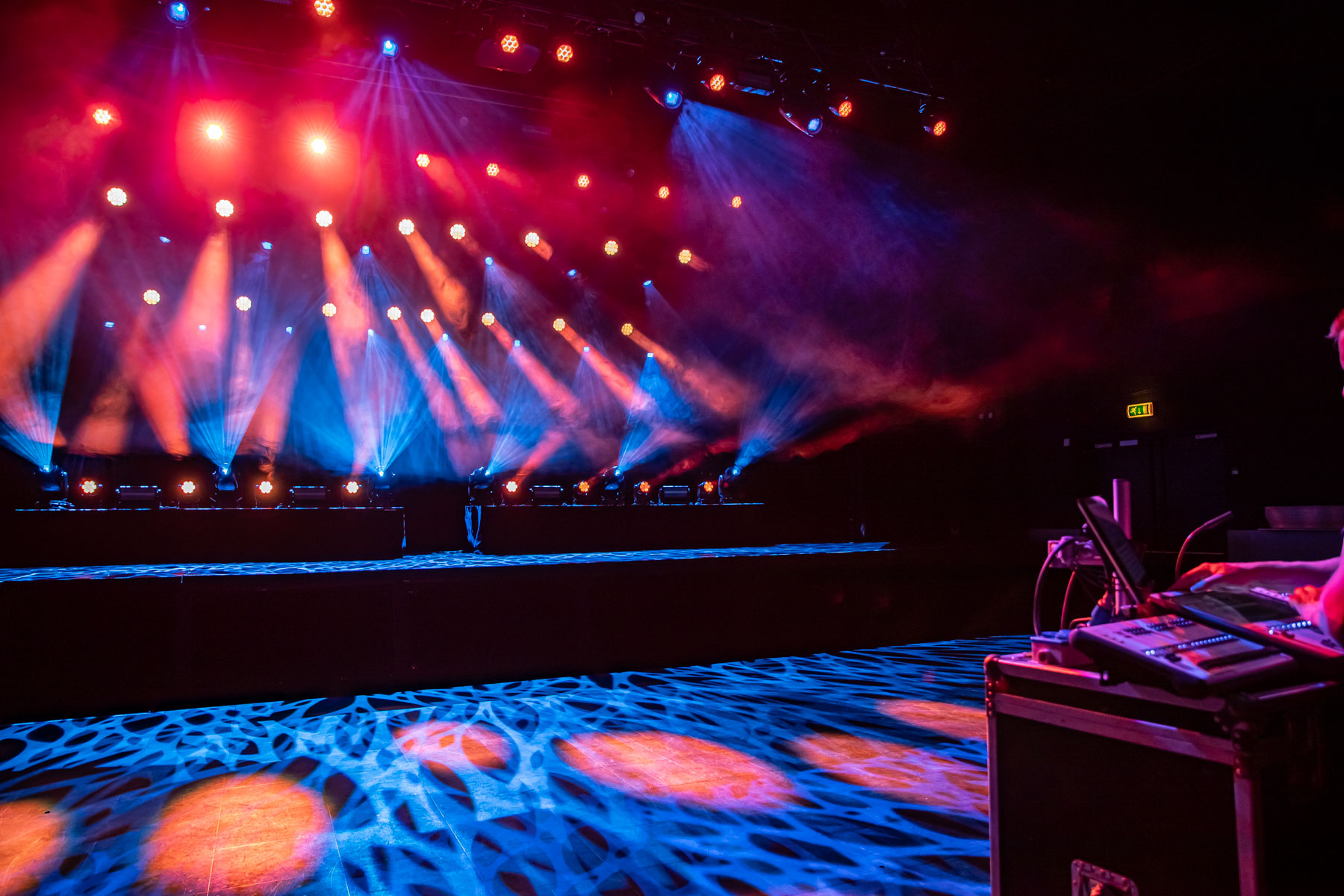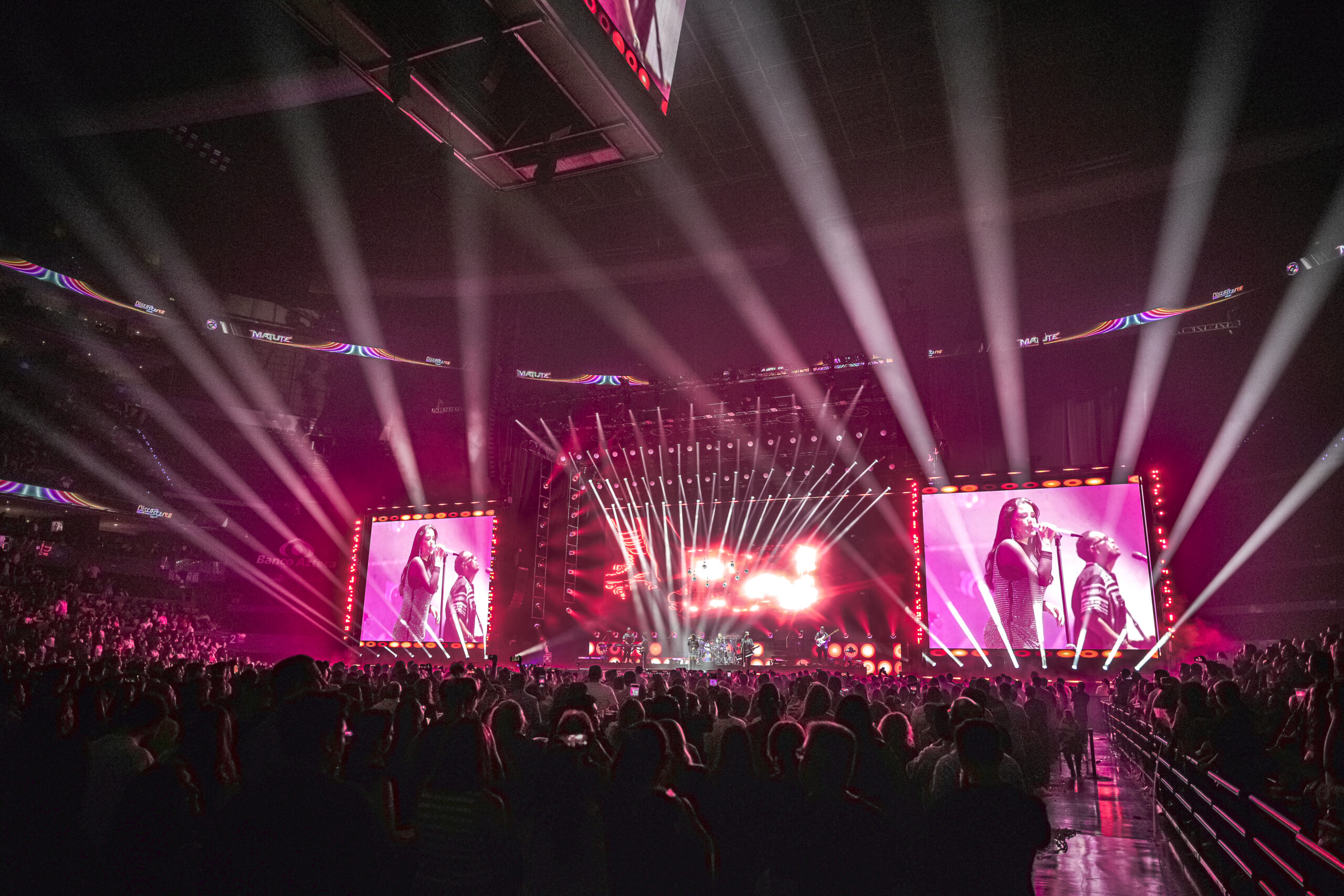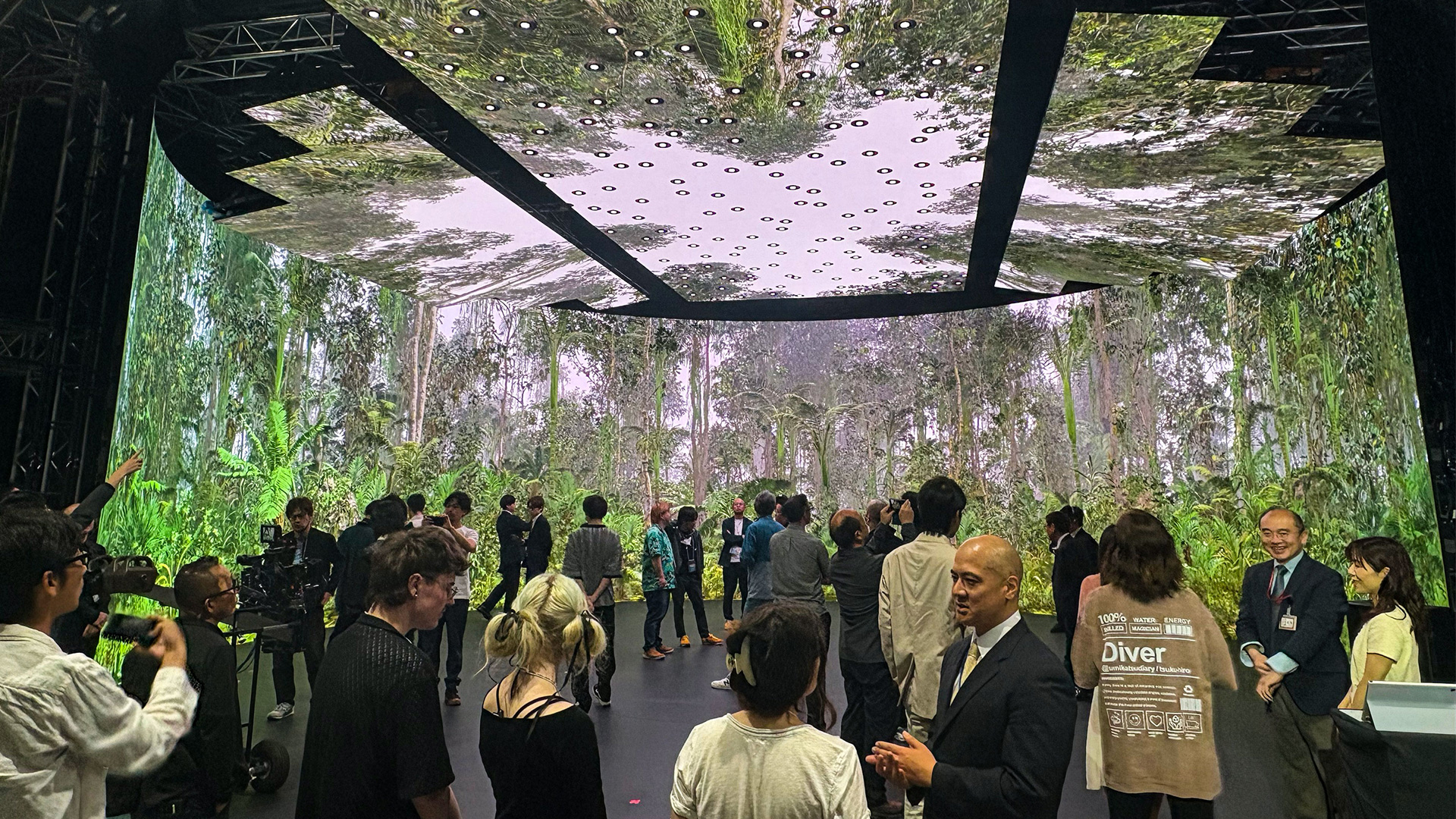AMSTERDAM — The Netherlands’ new multi-use indoor arena Ziggo Dome has been outfitted with more than 400 ETC Selador LED fixtures. Ziggo Dome’s facilities manager Ruud Bongers says, “We were keen to include a lighting scheme that extended from simply onstage to the whole arena, making the house lights part of the show lights. At the touch of a button, we can make the house lighting change color, brighten, or dim; and it can all be done from one of nine touch panels located around the building.”
More details from ETC (http://www.etcconnect.com):
AMSTERDAM — The Netherlands’ new multi-use indoor arena Ziggo Dome has been outfitted with more than 400 ETC Selador LED fixtures, in a bid to make its house lighting among the best – and greenest – anywhere.
Traditionally, arena house lighting has been harsh, using unpleasant sodium or fluorescent fixtures, which do little to reflect the stunning lighting often found on stage. But with 80 ETC Selador Desire Lustr+ LED fixtures above the main arena, and 370 ETC Selador Classic Vivid-R LED fixtures in the surrounding corridors and foyer areas, the Ziggo Dome is very different.
The 17,000-seat venue in Amsterdam hosts a range of different types of events, from Peter Pan, Rihanna and Mumford & Sons, to the music from the BBC’s nature documentary Frozen Planet, the MTV European Music Awards, and Top Gear Live.
Ziggo Dome’s facilities manager Ruud Bongers says, “We were keen to include a lighting scheme that extended from simply onstage to the whole arena, making the house lights part of the show lights. At the touch of a button, we can make the house lighting change color, brighten, or dim; and it can all be done from one of nine touch panels located around the building.”
One major issue when planning such dynamic house lighting as this was ensuring that the venue not only looks good but it remains practical: Guests need to be able to see their way to the seats and read their tickets, while maintaining a comfortable level of light. “We did a lot of testing,” says Bongers, “to make sure that everything looked right – and that the LEDs maintained a pleasant skin tone. Selador has some beautiful color choices.” ETC’s x7 Color System was designed for use in theater and broadcast productions, where, for instance, accurate skin tone is vital.
The system is controlled by ETC Unison Mosaic, with the Mosaic Tessera touch panels located around the building so that authorized staff can adjust the lighting in their area. The advanced power of Mosaic was necessary for its ability to supply an sACN signal to the ETC Gateways – which would then send DMX to the fixtures – without extra processing.?
“In the corridor that circles the building, where bars are located,” says Bongers, “we can have mood lighting that reflects the show. But we can also adjust it to affect the mood of the crowd: If people are getting a little rowdy, we can adjust the lighting to something a bit calmer.”
A main control panel in the lighting booth allows the operator to override the house lighting across the building. Says production manager Rick Liesveld, “When a band comes on, you’d want the lighting to fade out. Mosaic can do more than just a simple 20-second fade: It can start from one end of the hall and slowly move toward the other end. We call it ‘the blanket.’ It’s amazing to hear the noise of the audience die out not as one as you’d expect, but slowly, gradually, from one end, as people realize the show’s about to start.”
“Similarly, at the end of the show, rather than have all the lighting come on at once, we can have the lighting come up in the VIP areas first, followed by the rest of the audience. The lighting is far more interesting and dynamic.”
A second main panel at the building’s reception allows the lighting to be set up in the correct state before an event and switched off when leaving at night.
ETC’s field service engineer Tom McGuire was in charge of programming the system. He explains, “We were keen to keep things simple, so we programmed each touchscreen button to perform one task, such as turning lights on or off. The way Mosaic works makes this simple compared to a programming using a lighting control desk, because one touch can perform multiple steps without the need for macros.”
“More complicated programming came with the control for the main arena, which needed to be able to not only just switch all the lights in the arena but also turn specific areas off when it wasn’t required.”
“The fixtures are being run from nine Tessera controllers (with a tenth as an interface), but the house lighting is spread over 12 universes, meaning that there is spare capacity on each of the controllers – so there’s plenty of extra space, should the arena’s technical staff ever decide to expand the system.”
ETC’s Dutch dealer Lightco was responsible for the installation. Project manager Bas van Schelven says, “We tested DMX over Cat5 cable to make sure it would work well and got ETC to fit RJ45 cable connectors on the back of each fixture, instead of the standard XLRs. While this wouldn’t make much of a difference financially to most installations, for a project of this size, just the small difference in cable cost ended up providing a big saving overall.”
Liesveld adds, “Despite the size of the arena, the house lighting makes it feel truly intimate. We have the presets of the Mosaic system, or the lighting control desk operator can interact with the system. Their skills are the limit!”
A video showing the house lighting at Ziggo Dome can be found at http://youtu.be/zzy65AKy7U8



